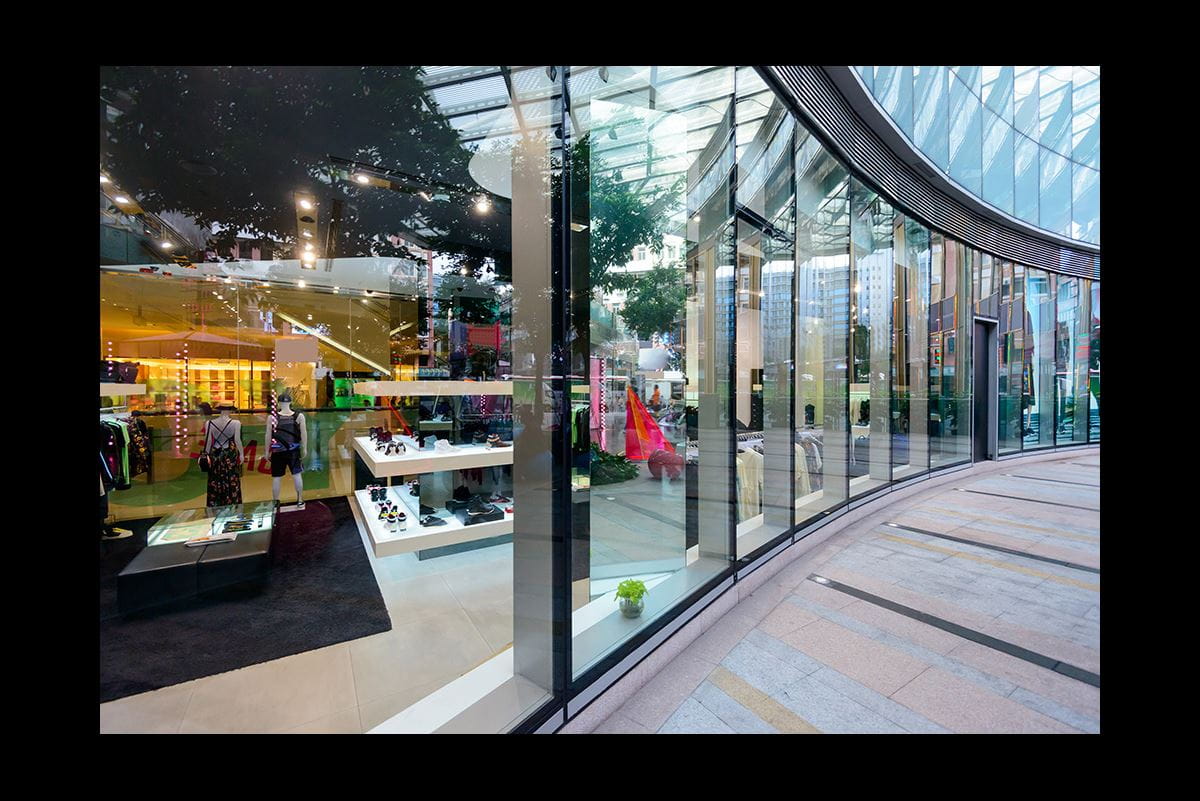
Crea un ambiente tranquillo e aiuta a gestire l'acustica dove il livello sonoro è importante.
Descrizione: Quando le specifiche del progetto richiedono il controllo del suono e la riduzione del rumore, scegliere i prodotti per l'insonorizzazione LATICRETE®. Abbiamo sviluppato una linea di prodotti per il controllo del suono di livello professionale, tra cui membrane peel-and-stick, malte adesive e un sottofondo acustico completo, per l'uso in ambienti residenziali e commerciali
I prodotti per il controllo del suono LATICRETE aiutano a raggiungere bassi valori di delta IIC e sono supportati da garanzie senza pari, assicurando un'installazione efficace e duratura
-
Categoria di prodotto
-
Categoria di prodotto
Garanzie
Clear -
Categoria di prodotto
Resources
FAQs - Common Questions We Get Asked
-
What is the best underlayment for tile floors?
There really is no such thing as “best” when it comes to underlayment's for tile. There are things that should be taken into consideration for each application to determine what is appropriate. For interior, dry area applications, clean, sound concrete, cement backerboard, mortar beds, self-leveling and even exterior glue plywood (EGP) would be considered suitable as a tile underlayment. Exterior applications would eliminate products like EGP and most self-leveling. Concrete would be the best underlayment for an outdoor application. If it requires pitch or to be resurfaced products like 3701 Fortified Mortar Bed could be used. Wet areas like shower floors are normally made from cement mortar beds like our 209 Floor Mud that allows for proper slope. You could also consider pre-formed shower pans offered within HYDRO BAN® Shower Systems as an underlayment for tile. -
Do I need underlayment for tile on concrete?
The condition of the floor and the application would be the determining factors for this. Clean, sound concrete that does not require any leveling or patching could be adhered to directly with any good thin-set mortar that meets ANSI 118.1 (non-porcelain tiles), 118.4, or 118.15. A contaminated slab that is sound may require an unbonded mortar bed to create a suitable tiling surface. For concrete that is uneven or may need additional height, the NXT™ line of flowable hydraulic cement underlayments could be used as well as bonded mortar beds with our thick bed mortars. Crack Isolation products could also be used to prevent in-plane, non-structural cracks from transmitting through to the tile work. Materials like HYDRO BAN, FRACTURE BAN® and STRATA_MAT™ are often used for this purpose. Lastly, for interior areas to receive radiant floor heating, you could install HYDRO BAN Board over the concrete floor to create a thermal break and make the system more efficient. -
Do you need underlayment for tile floor?
Suitable substrates are required and that could vary depending on the application. That would ultimately dictate the correct underlayment.
